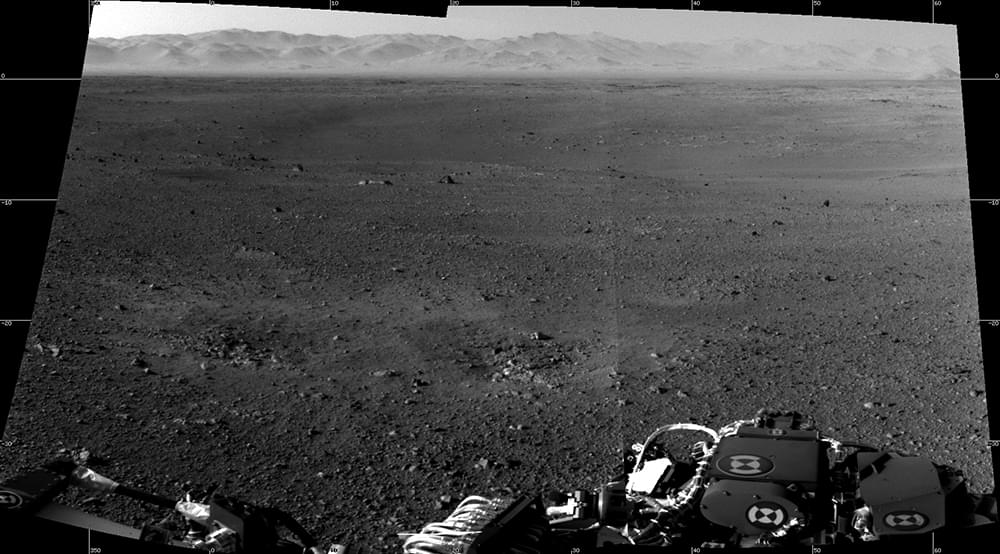A global collaboration involving University of Manchester scientists has discovered a gene whose variants potentially cause neurodevelopmental disorders (NDDs) in hundreds of thousands of people across the world.
The findings of the University of Oxford led study, published in Nature, are an exciting first step towards the development of future treatments for the disorders which have devastating impacts on learning, behavior, speech, and movement.
While most NDDs are thought to be genetic and caused by changes to DNA, to date around 60% of individuals with the conditions do not know the specific DNA change that causes their disorder.






